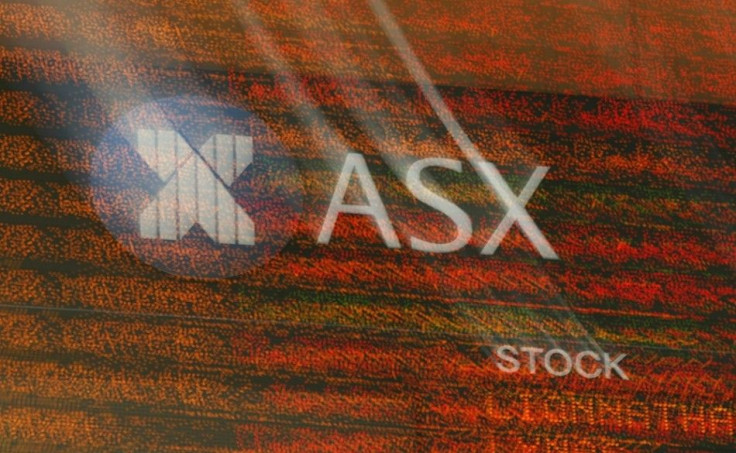Global Markets Overview - Feb. 24, 2016

Oil trade: he said, he said
In the words of Ron Burgundy, ‘Well that escalated quickly’, the OPEC-Russian ‘accord’ appears to be over before it began.
Talk is cheap(ening oil)
· Saudi Oil Minister Ali Ibrahim overnight stated, ‘Producers will hopefully meet in March to negotiate an output freeze, but production cuts will not happen’.
· Russian Energy Minister Alexander Novak on Saturday stated, ‘[A] deal, which is contingent on other producers participating, should be finalised by March 1 ’.
· Iranian oil minister Bijan Zangeneh in an interview on State Press TV from Tehran, ‘This is more like a joke that they (Saudi Arabia) tell us they would freeze their production above 10 million barrels a day and that we should also in turn freeze our production…We will only commit to freeze production once output has reached pre-sanction levels’.
Pre-sanction levels means Iran will be lifting current production by approximately a third which will see it moving to the fourth largest producer in OPEC (overtaking Iraq).
Iran produced 2.86 million barrel of oil a day in January (the level the accord want Iran to freeze at) and is looking to add an extra 600,000 barrels to move to 3.6 million barrels a day.
Politics was always going to scuttle this apparent ‘deal’ and although a miraculous deal may come to fruition next Tuesday on ‘special compensations’ or ‘clauses’ to accommodate Iran et. Al, the talk from last night all but ends the Saudi-Russian-Qatari-
The oil trade
Oil remains an exciting trading opportunity.
I see the April contracts in WTI and Brent finishing in the low to mid US$30 a barrel for two reasons.
Despite the political storm in OPEC there is a natural demand increase from China leading into the northern summer, and the US is beginning to see rig count declines.
However, there is record stock piling and the over-production issues will cap the price of oil in a sub-US$40 a barrel range. This forms my trading strategy:
· Buy WTI at or below US$30 a barrel even with the collapse of this deal
· Sell WTI at or above US$37 a barrel as the supply side of the equation will not justify a higher price and Iranian numbers filter out
The AUD perfect storm
We continue to watch the AUD and are currently reviewing our reasoning why the AUD is facing a perfect storm. The slight weakness last night may provide a buying opportunity.
Pairs to trade are EUR, GBP (Brexit issues also part to play) and JPY.
The perfect storm trade
· Carry trade – AAA sovereign rating, a budget in relatively good shape compared to global peers, and bond yields over 200 basis points ahead of global peers.
· Commodity bounces – iron ore is clearly a public and private firm positive, however the oil price bounce is also a risk on positive seeing risk currencies returning to the fore.
· RBA rates – the cash rate is likely to be rooted to 2% despite calls to see it lowered. The fact that the RBA itself wants the AUD at around US$0.65 suggests this rate could be lowered. However, the heat that the rate cut could put into the domestic market is a risk too far for the RBA in these current conditions.
EVAN LUCAS
Market Strategist
IG, Level 15, 55 Collins Street, Melbourne VIC 3000
D: +61398601748 | T: +61398601711
www.ig.com
IG Markets
[Kick off your trading day with our newsletter]
More from IBT Markets:
Follow us on Facebook
Follow us on Twitter
Subscribe to get this delivered to your inbox daily






